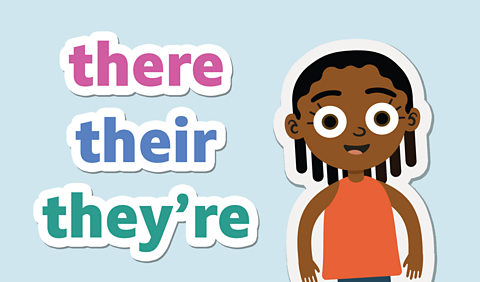Subject and verb

The verb in a sentence is the word that shows action or being.
The subject of a sentence is the person or thing that's doing the action, or being something.
For example:
Maya kicks the ball.
In this sentence, the subject is Maya and the verb is kicks.

Watch: Subject - verb agreement
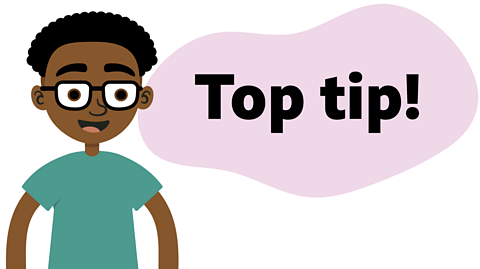
Top tip
When the subject and the verb match, we say they agree.

Singular verbs
When the subject of a sentence is singular, that means there is only one person or thing doing the action or being something.
You need to choose a singular form of the verb to match the singular subject.
Look at the table below to see how play is used with different subjects. Most verbs follow the same pattern as this verb.
| Singular (one person or thing) | Plural (more than one person or thing) |
|---|---|
| I play | we play |
| you play | you play |
| she, he, it plays | they play |
Look at the verb next to ‘she, he, it’ in the table: plays. This has the letter 's' at the end.
When you are writing about one person or thing doing an action, (to talk about 'she', 'he' or 'it' only) your verb should end with the letter 's'.
For example:
The girl plays basketball every weekend.
This radio station plays great music!
Plural verbs
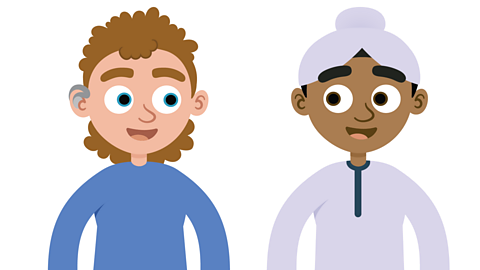
When the subject of a sentence is plural, that means more than one person or thing is doing the action or being something.
In this case, you need to choose a plural form of the verb to match the plural subject.
For example:
The boys play hockey every weekend.

Activity 1
Have a go at this fun quiz to test your understanding so far.
Click on the correct word each time to identify the subject or the verb.
Activity 2
Think back to what Mrs Shaukat explained in the Teacher Talk video about using 'am', 'is' and 'are'. These are all from the verb 'be'.
Watch again from the beginning up to 1:30 if you need a quick recap.
Look at the table below that shows the verb 'be' being used with the subjects you met earlier in the lesson.
| Singular (one person or thing) | Plural (more than one person or thing) |
|---|---|
| I am | we are |
| you are | you are |
| she, he, it is | they are |
Sometimes we use 'am', 'is' or 'are' with another word that ends in '–ing'.
For example:
I am working on the tower.
The crane is working on the tower.
They are working on the tower.
Copy out each of the sentences below and choose 'am', 'is' or 'are' to fill the gaps.
Make the verb agree with the subject by adding the right word. One has been done for you.
1. The gorilla-monster is climbing higher and higher.
2. Down in the street, the people ___ pointing up at the gorilla-monster.
3. I ___ pointing up at the gorilla-monster too!
4. The builders ___ yelling at each other.
5. The plane ___ flying around the tower.
6. 'I ___ roaring!' roars the gorilla-monster.
You can check your answer in this .
Activity 3
So far, you have looked at verbs in the present tense – this is when something is happening now, or regularly.
When you're using the past tense, for things that have already happened, the verbs 'was' and 'were' can be used. These are also from the verb 'be' and are matched to a subject, like 'am', 'is' and 'are'.
| Singular (one person or thing) | Plural (more than one person or thing) |
|---|---|
| I was | we were |
| you were | you were |
| she, he, it was | they were |
Test your understanding of using 'was' and 'were' correctly with this next quiz!
Choose the right option each time to fill in the gaps in the sentences.
Activity 4
A TV news reporter sees the gorilla-monster but he’s so scared, he gets his verbs mixed up!
Look at his report below. You need to find all the incorrect verbs and re-write them, so that they agree with their subjects.
For example:
It were an ordinary day on the building site.
This sentence contains an incorrect verb.This should be:
It was an ordinary day on the building site.
There are 17 other verb mistakes to find!
News report
It were an ordinary day on the building site. The builders was working hard on a new tower. Suddenly, a huge gorilla-monster were climbing up it!
I are standing in the street right now. And all around me, people is pointing up at the gorilla-monster.
The gorilla-monster are nearly at the top. One of the builders yell at us to stay back. The other builders hides.
Cars, buses and trucks all stands still in the street. We all waits, silent and afraid.
The gorilla-monster sit on top of the tower. It wave its hairy arms. It eat the bricks.
The tower shake and shudder.
No one know what will happen next. But I can hears the gorilla-monster roaring and I are terrified!
You can check your answer in this .
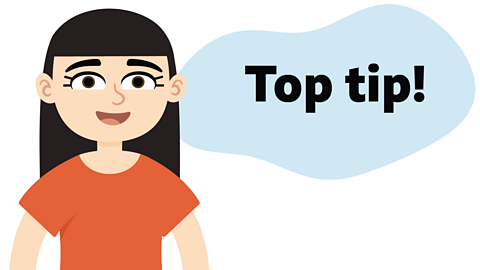
Top tip!
Once you’ve finished spotting the verb mistakes, read the sentences out loud with your corrections – do they sound right and make sense?

Play our fun English game Crystal Explorers. gamePlay our fun English game Crystal Explorers
Use grammar, punctuation and spelling skills to explore jungles, caves and tombs on your mission!

More on Grammar
Find out more by working through a topic
- count22 of 22
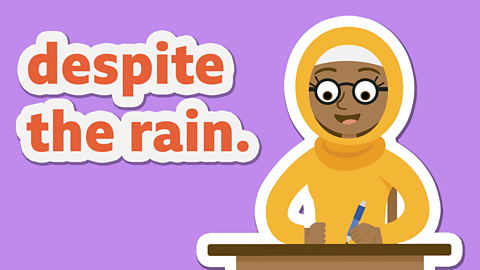
- count1 of 22
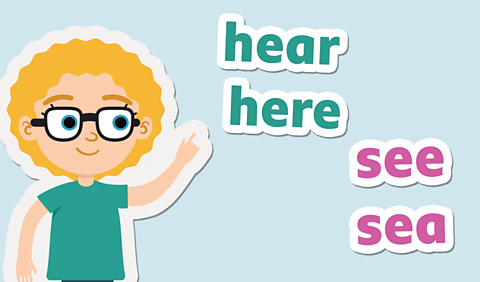
- count2 of 22
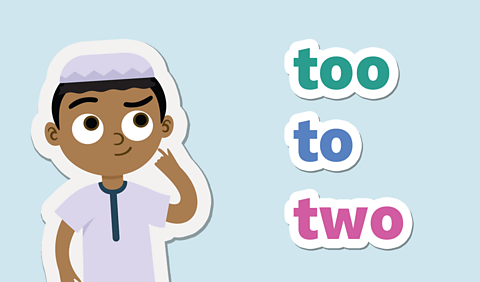
- count3 of 22
